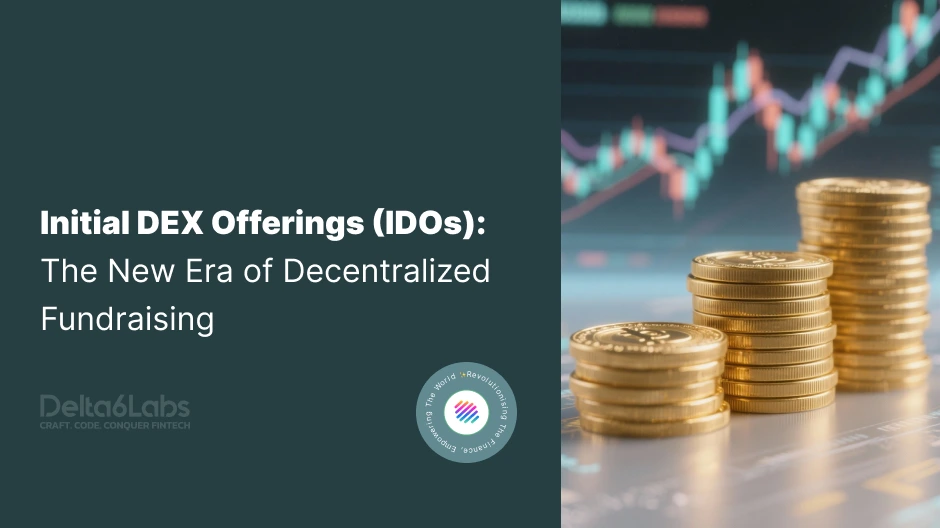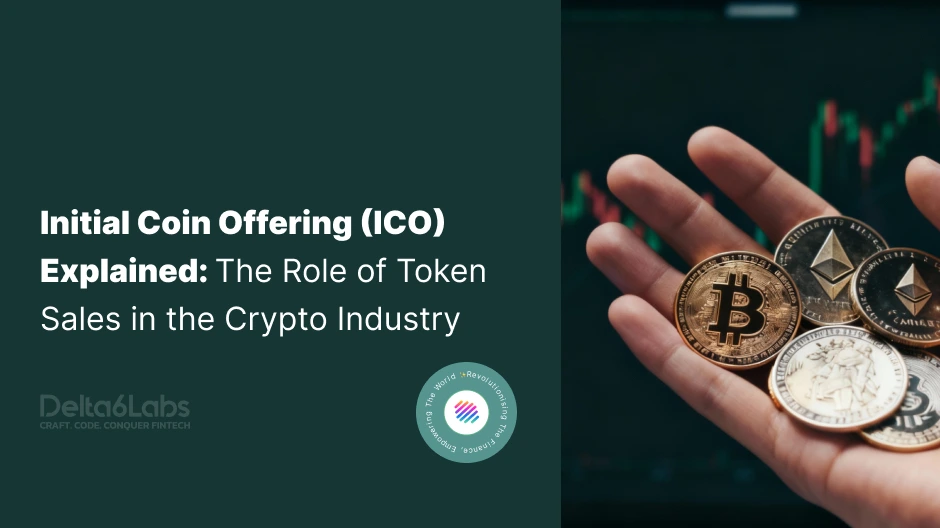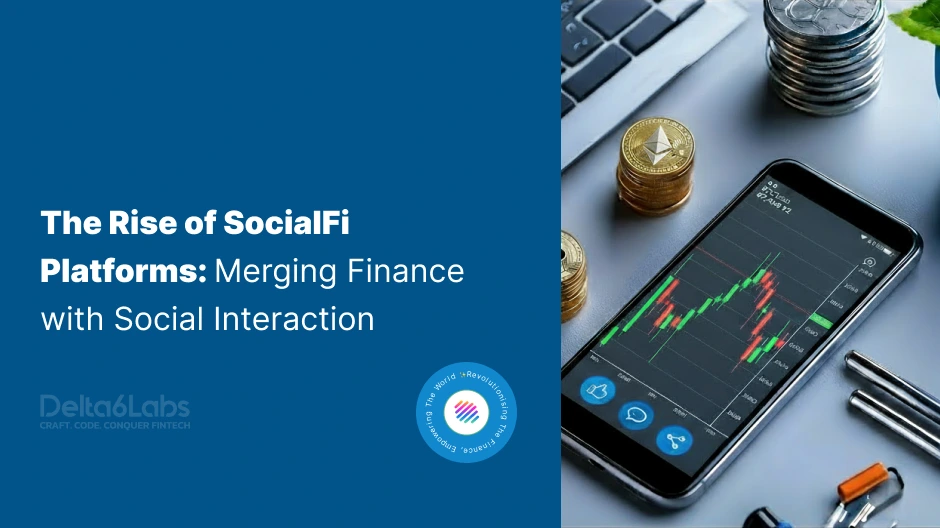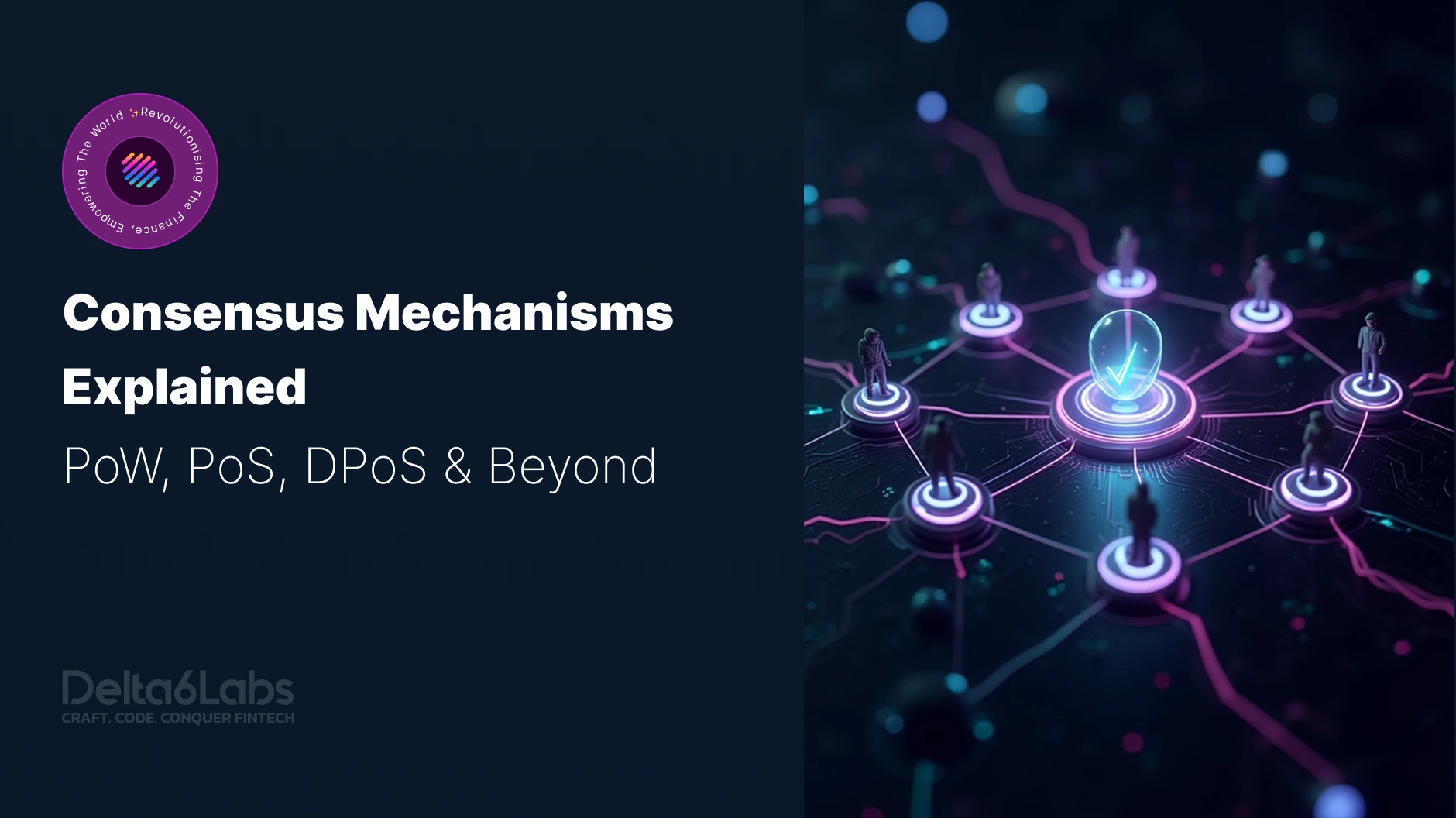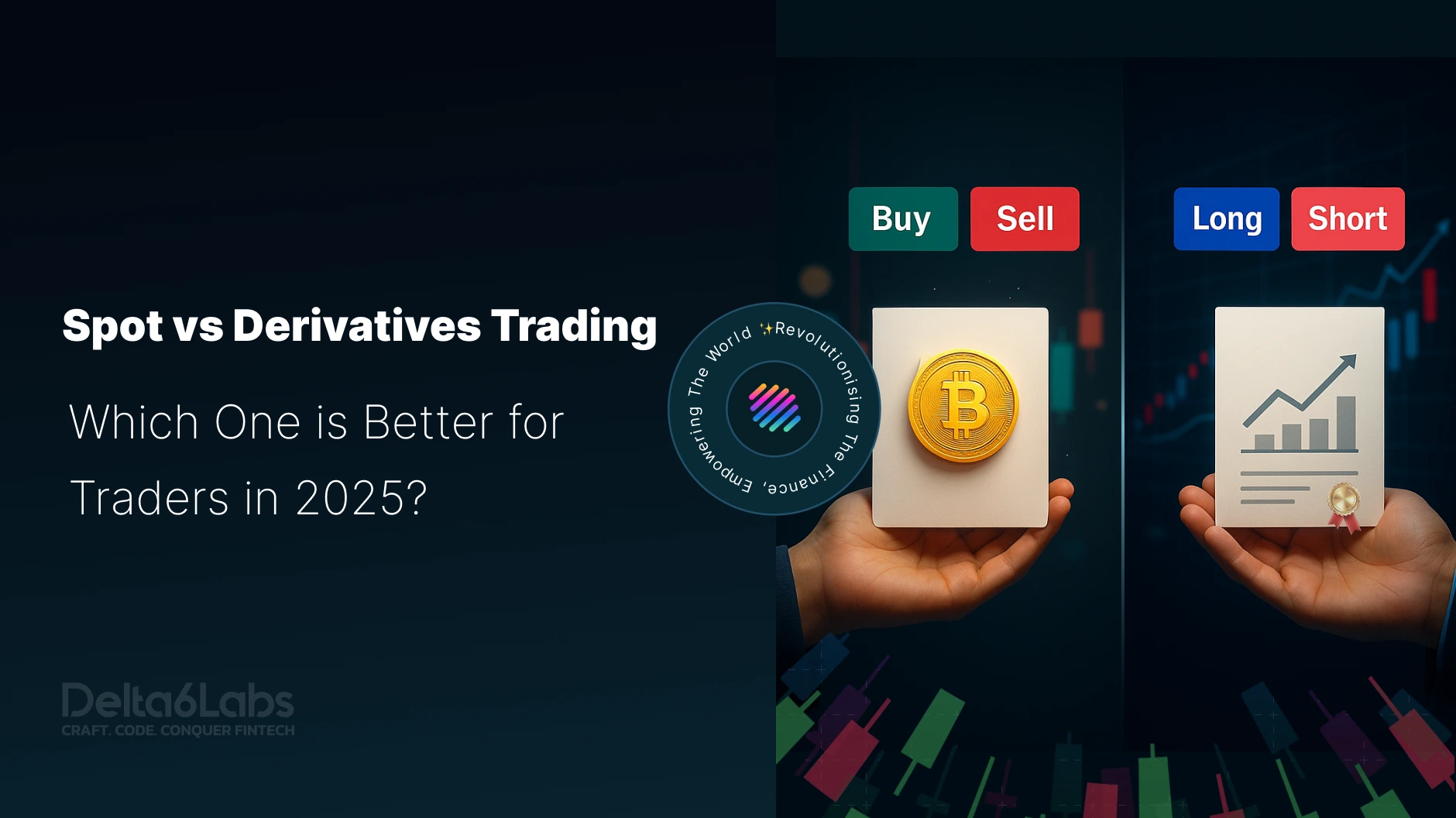Embedded Finance Explained: A Game-Changer for Modern Businesses
Table of Contents
Understanding Embedded Finance
Embedded finance is the collaboration of non-financial institutions or platforms with financial service providers, allowing non-financial platforms to offer banking and lending services directly to consumers within the platform’s ecosystem. It helps users avoid visiting multiple browsers and applications simultaneously to access financial services; Instead, they can pay within the app itself. It enhances the overall user experience and significantly reduces the cost.
Some people often confuse embedded finance with BaaS (Banking as a Service), but there are specific differences. Embedded finance is the direct delivery of financial services, whereas BaaS is a concept for delivering embedded finance. These are ‘what to’ and ‘how to’ of delivering financial services to non-financial institutions.
The Importance of Embedded Finance
The importance of embedded finance can be validated by its expanding market size. The global market size of embedded finance was estimated at USD 83.32 billion in 2023, and it is predicted to reach USD 588.49 billion by 2030. It is projected to grow with a CAGR of 32.8%. If stats are kept aside, there are multiple aspects in which embedded finance has proven its worth in the business sector.
Foremost, it has played a vital role in bringing financial services to customers within their digital experience with a specific application and has made their experience better. It has also reduced friction between the customer and the service provider by providing an added value within the existing user experience. It certainly improves the relationship between the consumer and the platform by allowing them to use added financial services on the existing digital platform, thereby helping businesses build a loyal user base.
Examples of Embedded Finance
Embedded Banking
In embedded banking, a non-financial digital platform seamlessly incorporates banking services to make it easier for customers to make payments. There are numerous examples of embedded banking, but a few stand out. Here are those examples:
- Deutsche Bank: It has allowed customers to integrate their business accounts into their IT applications.
- Uber has allowed drivers and consumers to share or receive earnings through debit/credit cards or in-built digital wallets within the application.
Embedded Payments
One of the biggest reasons people abandon their purchase on digital platforms is the requirement to provide a credit/debit card number to make a payment. It is because people do want to search their wallets every time they shop online. This issue has been resolved by embedded payments, which allow customers to add credit cards within the application and save them to use later.
Embedded Lending
You may have come across CTA buttons like ‘Finance Your Bill’ or ‘Take a loan’ while making a payment on a digital platform. Embedded finance has brought lending services to the point of sale, enabling customers to shop for their favorite things by getting their bill financed within the app. Buy Now, Pay Later (BNPL) is a popular example of embedded lending.
Embedded Insurance
Another feather in the crown of embedded finance is that it has allowed customers to buy insurance at the same time they are purchasing a product that may need an insurance service. For Example, if a customer is buying an air conditioner from a digital platform, besides the sale option, there will be a ‘get insurance’ option, which will enable him to purchase insurance while buying the AC.
Conclusion
It has become absolutely clear that the horizon of embedded finance is expanding multifold. Every digital platform is collaborating with a financial service to build a loyal customer base by providing them a better user experience and multiple options at a single point of sale, including insurance, loans, and other banking facilities.
Services like ‘Buy Now Pay Later’ have paved the way for customers to make purchases beyond their current financial prowess by allowing them to pay for their cart value later, and that too in installments. In the travel industry, embedded finance has enabled customers to book flights, hotels, and other activities through credit card or buy now, pay later (BNPL) options within travel applications, such as MakeMyTrip, GoIbibo, and Agoda.
Embedded finance has impacted every sector in an extremely positive way, and market experts have stated that businesses that are leveraging embedded finance have a big competitive edge in the market. So, if you want to incorporate any financial service into your digital platform, then Delta6Labs is here to collaborate with innovative FinTech and cryptocurrency solutions.
Frequently Asked Questions
Disclaimer:
The information on this blog is for knowledge purposes only. The content provided is subject to updates, completion, verification, and amendments, which may result in significant changes.
Nothing in this blog is intended to serve as legal, tax, securities, or investment advice of any investment or a solicitation for any product or service.

